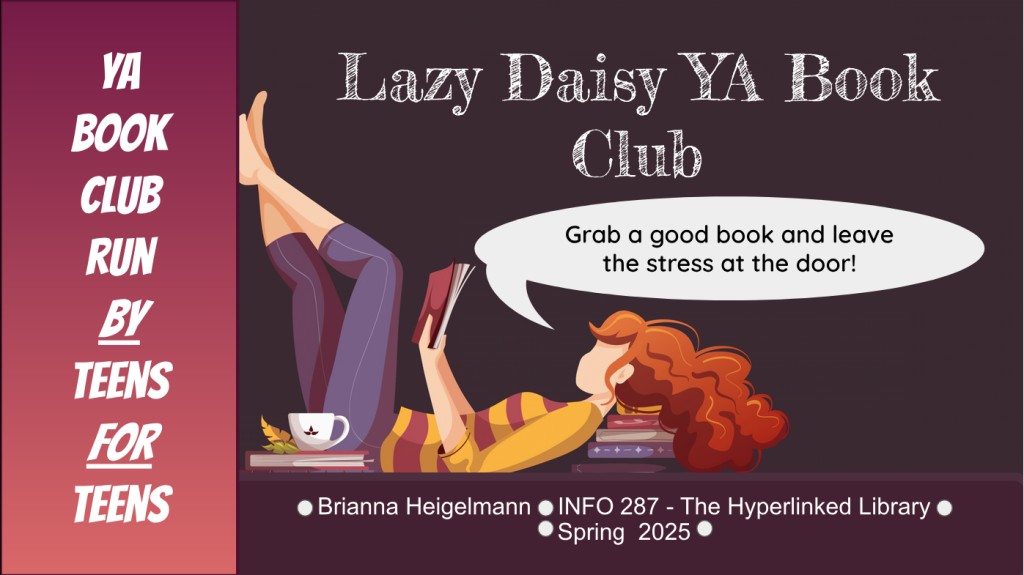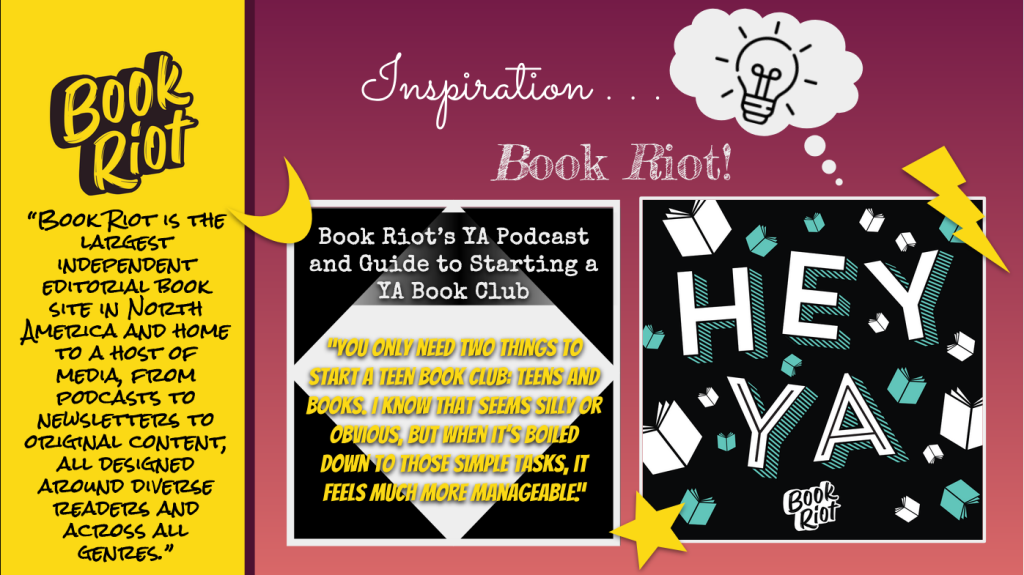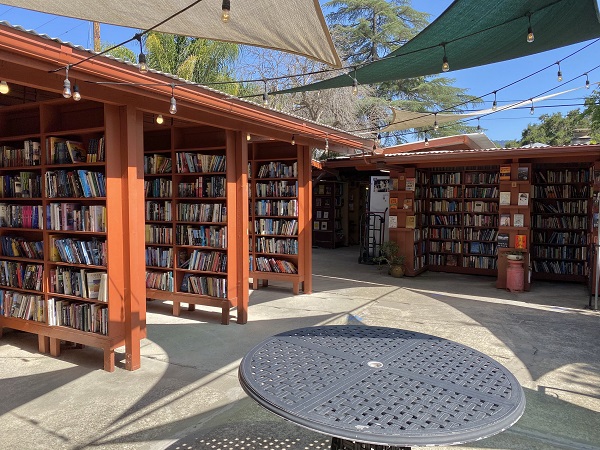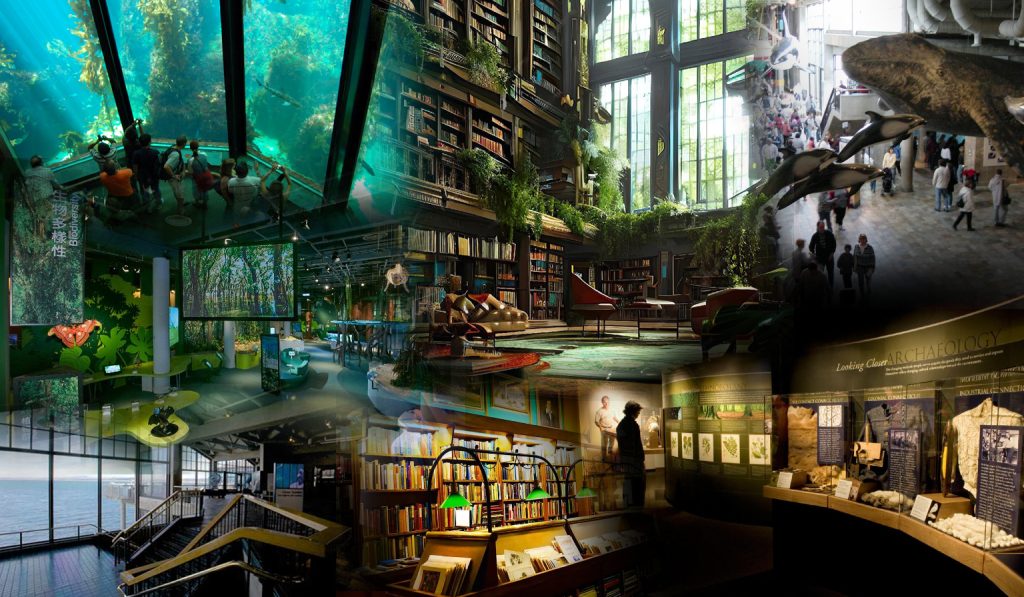For this post I want to highlight a new model that struck me in a particular way.
I love seeing the myriad of different programs being created and enacted by libraries around the world. It gives me so much inspiration for program ideas that I will (hopefully) have the opportunity to create for my own community. Prior to beginning my MLIS journey I did not realize what libraries could do for their communities. I was very stuck in the traditional bubble of “a quiet place to read and/or study”, but seeing the way those stereotypes have been eroded over time really breathes new life into the possibilities of librarianship. It’s that “thinking outside the box” aspect that is continually fueling new ideas and making the impossible seem possible. I see the libraries, both public and academic, in my town and I think to myself, “How could we be doing more?”.
Then I read Mary Rees article, No permanent address? No problem. Berkeley library makes it easier for those without homes to get library cards. It made me take a step back and consider something vital about all of these programs: Who has access.
To be clear I don’t think any of these programs are designed only to cater to certain demographics. In fact I think most are designed explicitly to be as welcoming and inclusive as possible, but when I thought about how I might take a program like Anythink Library or The Kitchen Library and apply that to my own neighborhood, I realized my local libraries would need to expand to include our largely undeserved homeless population.
While everyone in theory can use the library and all of their programs, some even specifically designed to support our homeless citizens, many folks are still othered by their position as a homeless patron. A large part of this is, as Rees points out in the article, their lack of permanent address, which is often one of the necessities to be issued a library card.

“Peterson lives outside and because she doesn’t have a home address she hasn’t been able to get a library card. Instead, to use the computer, she has to go to the Reference Desk for a new numerical code every hour.” (Rees, 2018).
This is troubling. It’s one thing to profess accessibility, inclusion, and equity for patrons but it’s completely different to actually practice it. We can all say nice things but it’s what you do that matters and in this case by virtue of simply not having a permanent address library patrons are being othered, excluded, and essentially punished for using materials that are, in theory, meant to be accessible to everyone in the community.
Berkeley Public Library’s answer to this problem is the Easy Access card, which replaces a regular library card and only requires a photo ID to obtain. This in turn gives regular access to the library and its programs and materials. According to Elliot Warren, director of library services, “The Easy Access Card idea uses a universal design approach that removes any value judgment or need for some institutional authority to approve getting a library card and works for many people under quite varied conditions; homelessness, lack of current documentation, people in transition, teens in foster care, and so on, while also limiting the library’s risk because only three items may be checked out at any given time by people with Easy Access Cards.”
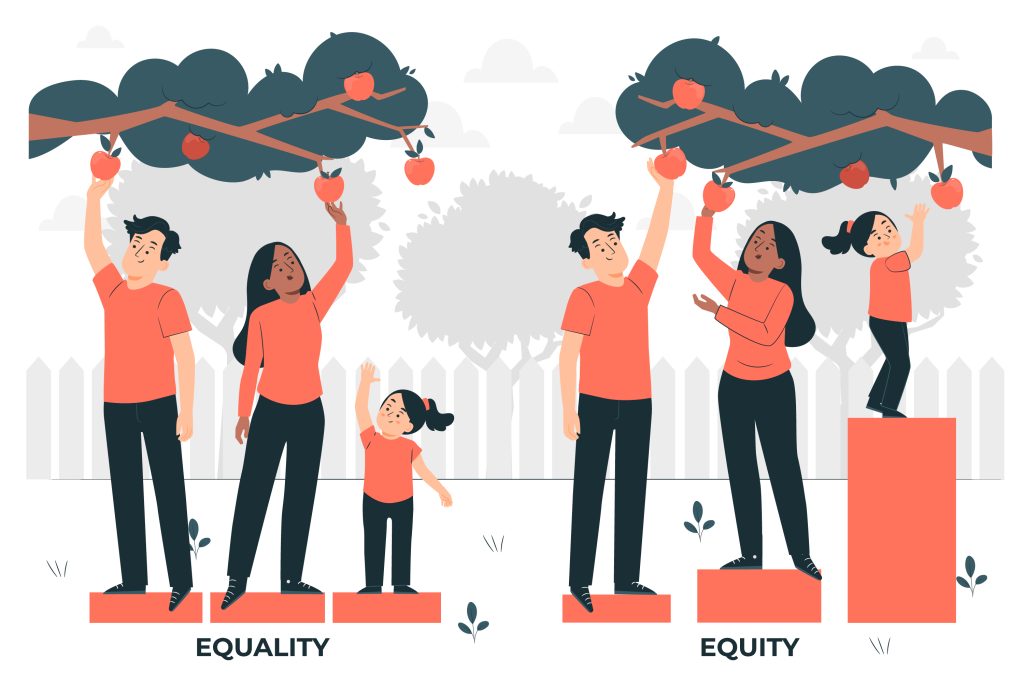
This is a really important step in the right direction for libraries and the communities they serve. Reading about Easy Access cards has led me to consider what else could be worked into a similar system and how my own local libraries could adopt a similar program.
My libraries, for the most part, are small with limited space and resources. This also means limited funding, but having said that I know we have quite a few programs aimed at a variety of demographics from our community. That is, the visible demographics from our community. I will be looking it to our undeserved population because I have a feeling more work could be done there, including a program borrowing from the Berkeley Library system’s Easy Access Cards.
Libraries have so much to give but if not everyone can benefit then we aren’t fully doing our jobs. The mission, as stated by the ALA is “To provide leadership for the development, promotion, and improvement of library and information services and the profession of librarianship in order to enhance learning and ensure access to information for all.”
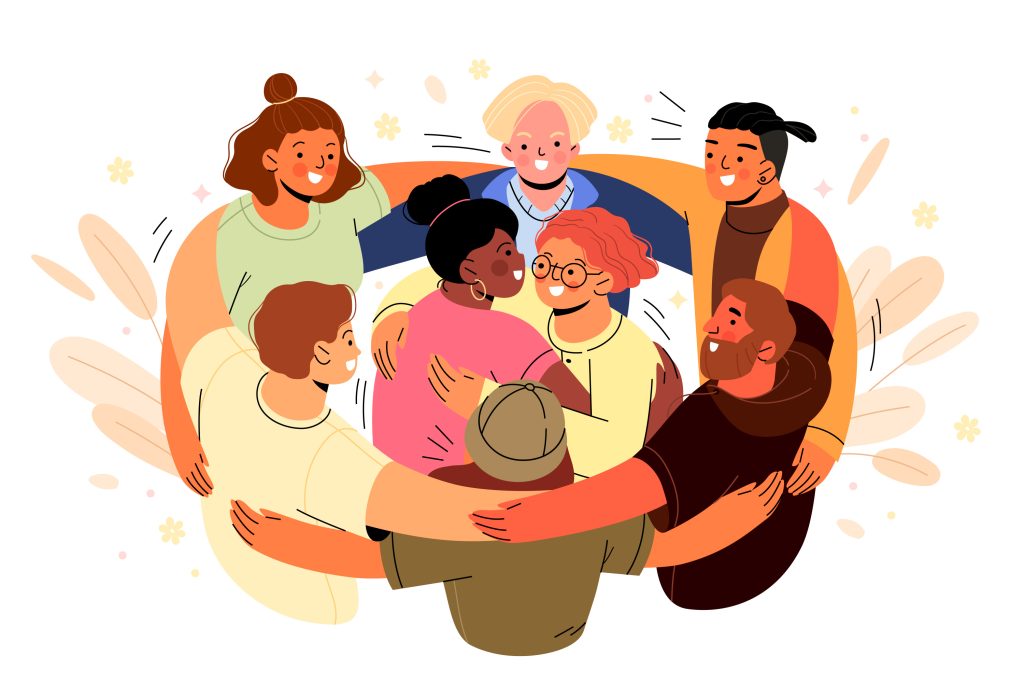
It’s the FOR ALL that we need to focus on right along side creating all of these new and exciting ways to benefit patrons, staff, and the larger communities that libraries serve.
______________________________________________________________
References:
Anythink Libraries. (2024). Anythinklibraries.org. https://www.anythinklibraries.org/
Rees, M. (2018, December 3). No permanent address? No problem. Berkeley library makes it easier for those without homes to get library cards. Berkeleyside. https://www.berkeleyside.org/2018/12/03/no-permanent-address-no-problem-berkeley-library-makes-it-easier-for-those-without-homes-to-get-library-cards
The American Library Association. (2008, June 9). Mission & Priorities. About ALA. https://www.ala.org/aboutala/missionpriorities
The Kitchen Library. (2020). The Kitchen Library. https://thekitchenlibrary.ca/



